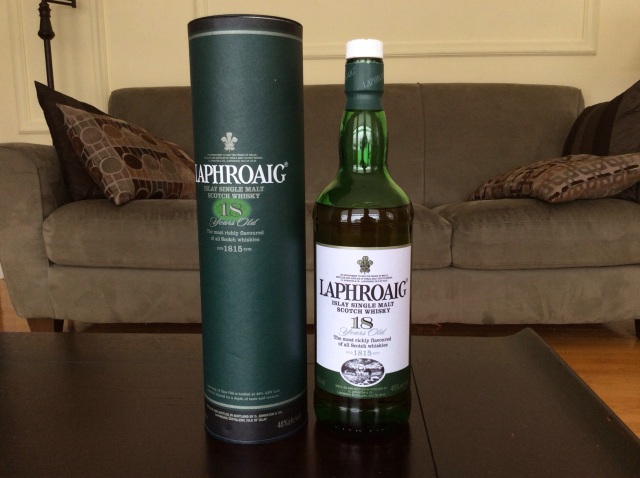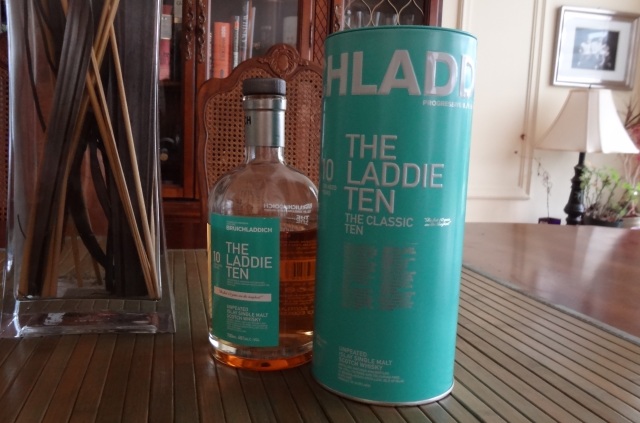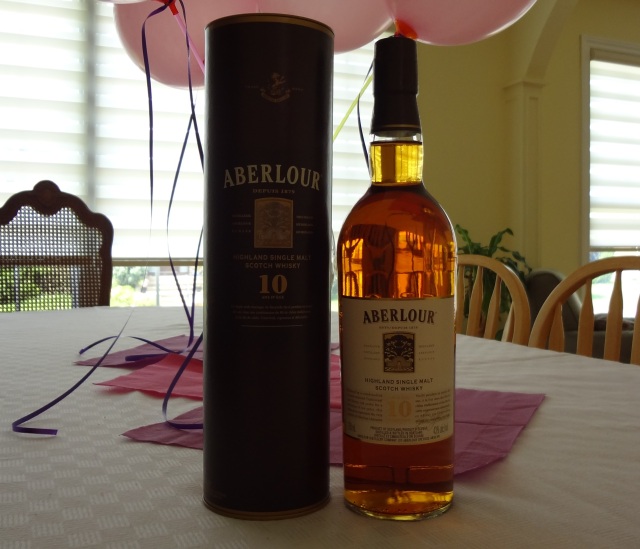It’s a Christmas miracle! Another Whiskey Showdown just in time for the holidays.
On this festive occasion, I pit the MacAllan Cask Strength against the Glenfarclas 105.
My regular readers, if any, will remember from my initial review of the Glenfarclas 105 that, in 1968 George S. Grant, the grandfather of the current chairman, bottled a cask at 105 degrees British Proof for Christmas and thus gave birth to the product. Thus, this Whiskey Showdown is as timely as it is special.
The MacAllan is aged in its famous sherry oak casks from Jerez, Spain and is a benchmark of quality in the world of whiskies.
The MacAllan is bottled at 60.1% abv and appears a beautiful mahogany red bordering on copper. The Glenfarclas is similarly bottled at 60% abv and is closer to a golden copper tone in appearance.
The nose of the MacAllan is ripe with dried fruits, vanilla, orange, and hints of fig. The nose of the Glenfarclas is more sweet, sharing some of the citrus in the form of orange peel, but mixing in apple, pear, caramel, and honey. This is starting off as an exercise in contrasts as the two whiskies put on entirely different experiences on the nose.
On the palate, the MacAllan is juicy and filled with dried fruits and figs, hinting of vanilla throughout. The Glenfarclas starts with spices and fruits, apples, figs, and honey. Surprisingly, it’s quite dry on the back end. Much like the nose, there’s a big difference in the tasting experience.
The finish on the MacAllan is long and spicy, filled with orange and oak. Some smoke fills in the gaps. The Glenfarclas is warm and gritty, with fruits making a final stand to a nicely balanced whisky.
Overall, these whiskies are both good and worth a taste. They aren’t what I would call every day drams, however. I hesitate to make a call, these are so different and will appeal differently depending on individual tastes. Personally, I find the MacAllan smoother and more agreeable, but the big bold impression of the Glenfarclas does have its merits. Whichever you choose, I hope the holidays find you well and wish a wonderful new year.
Cheers!



